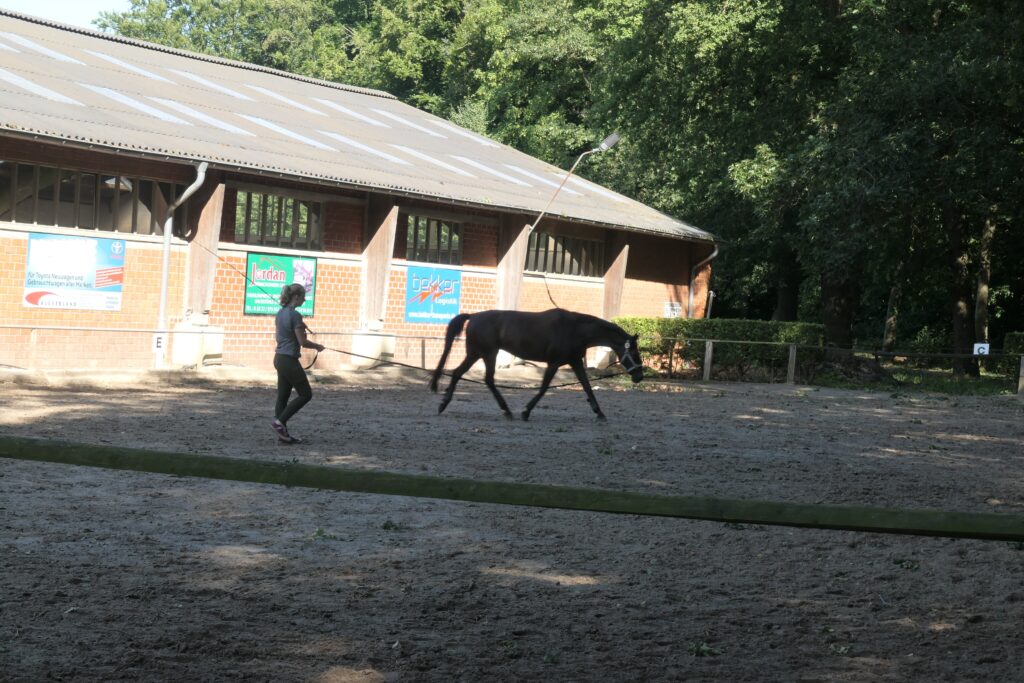Teaching your horse to work confidently with training tools like lunge whips and flags is an essential component of developing a well-rounded equine partner. These tools serve as extensions of your body language, allowing you to communicate with your horse from a distance while building trust, respect, and responsiveness. Whether you’re working with a young horse or retraining a seasoned mount, proper introduction to these tools can transform your training sessions and deepen your partnership. This guide will walk you through the process of introducing these tools effectively, addressing common challenges, and building a foundation of trust that will benefit all aspects of your horse’s training.
Understanding the Purpose of Lunge Whips and Flags
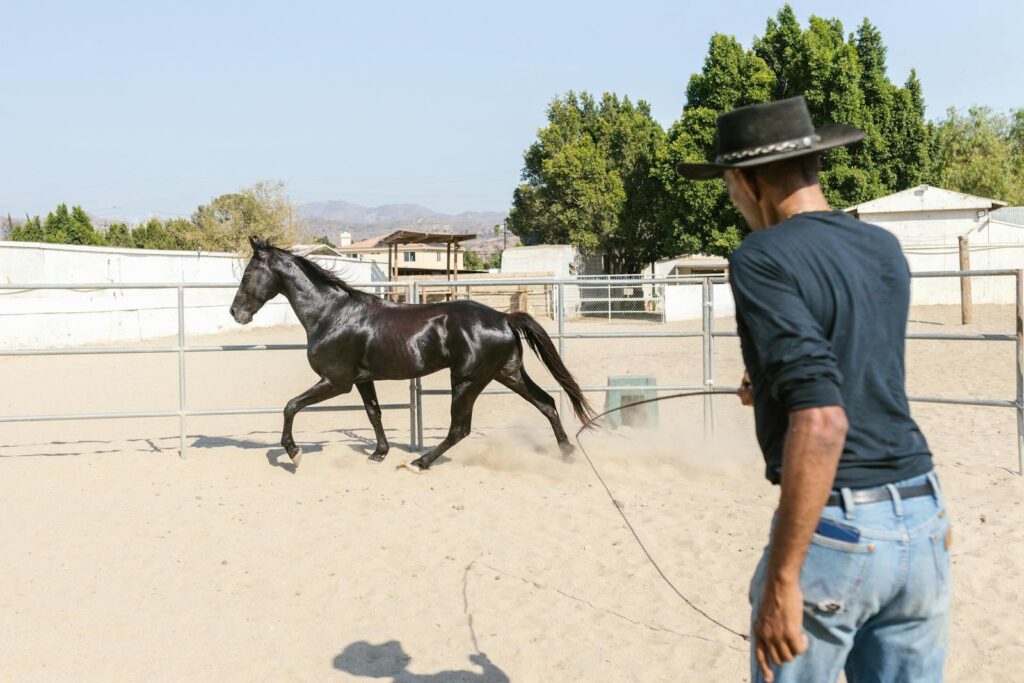
Lunge whips and flags are communication tools, not punishment devices, designed to extend your reach and amplify your body language when working with your horse. A lunge whip typically consists of a sturdy handle with a long, flexible lash that can be used to create visual cues or auditory signals through gentle movements or cracks in the air. Training flags, often made of lightweight fabric attached to a pole, create visual stimulation that helps desensitize horses to movement while providing directional cues. These tools help establish clear boundaries, encourage forward movement, and develop respect without requiring physical contact with the horse. Understanding that these are communication aids rather than threatening objects is the first step toward using them effectively in your training program.
Selecting the Right Equipment

Choosing appropriate equipment sets the foundation for successful training sessions with your horse. For lunge whips, select one with a comfortable grip and appropriate length—typically between 5-6 feet for the handle with a 6-8 foot lash that allows you to communicate from a safe distance. Beginners might find shorter whips easier to manage while developing their coordination. For flags, start with smaller, less intimidating options made from lightweight materials that make minimal noise, gradually progressing to larger or more stimulating varieties as your horse becomes comfortable. Quality matters, as poorly constructed tools can break during use, potentially frightening your horse and undermining your training progress. Always inspect your equipment before each session to ensure it’s in good condition and safe to use around your equine partner.
Creating a Safe Training Environment
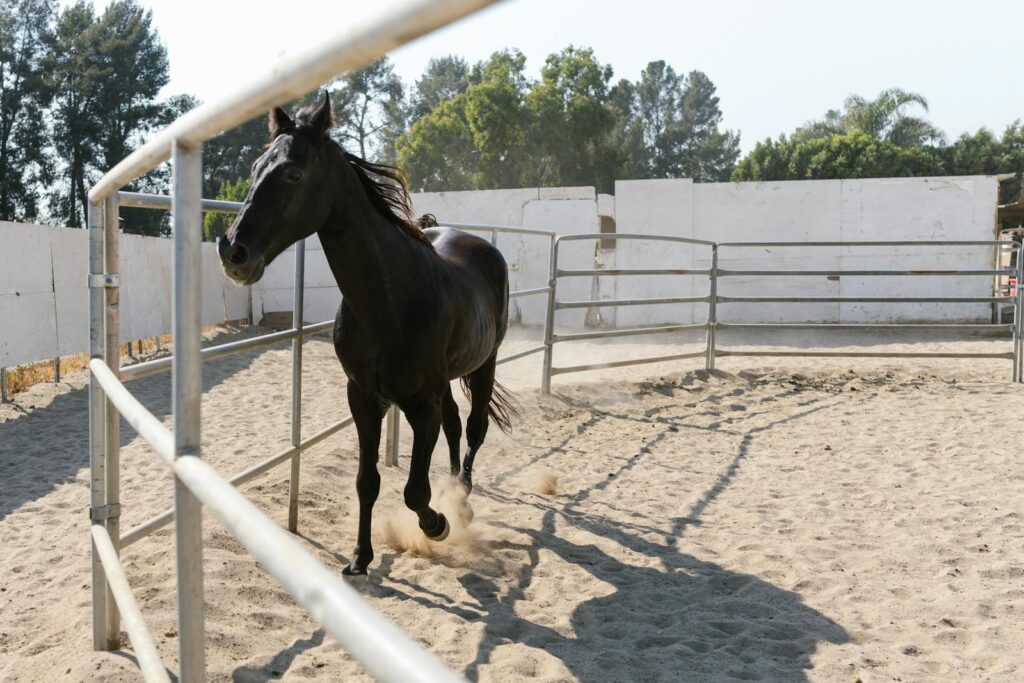
Before introducing potentially intimidating tools like whips or flags, ensure your training space promotes safety and confidence for both you and your horse. Choose a secure, enclosed area with good footing and minimal distractions—a round pen is ideal, but any quiet, fenced space can work effectively. Remove any potential hazards or escape routes that could complicate the training process or pose safety risks. The training area should be large enough to allow your horse freedom of movement without feeling trapped, yet small enough to maintain control if they become anxious. Always have an emergency plan in mind and never work alone when first introducing these tools to a horse that might react unpredictably. Consider having an experienced handler present during initial sessions to provide assistance if needed.
Preparing Your Horse Mentally
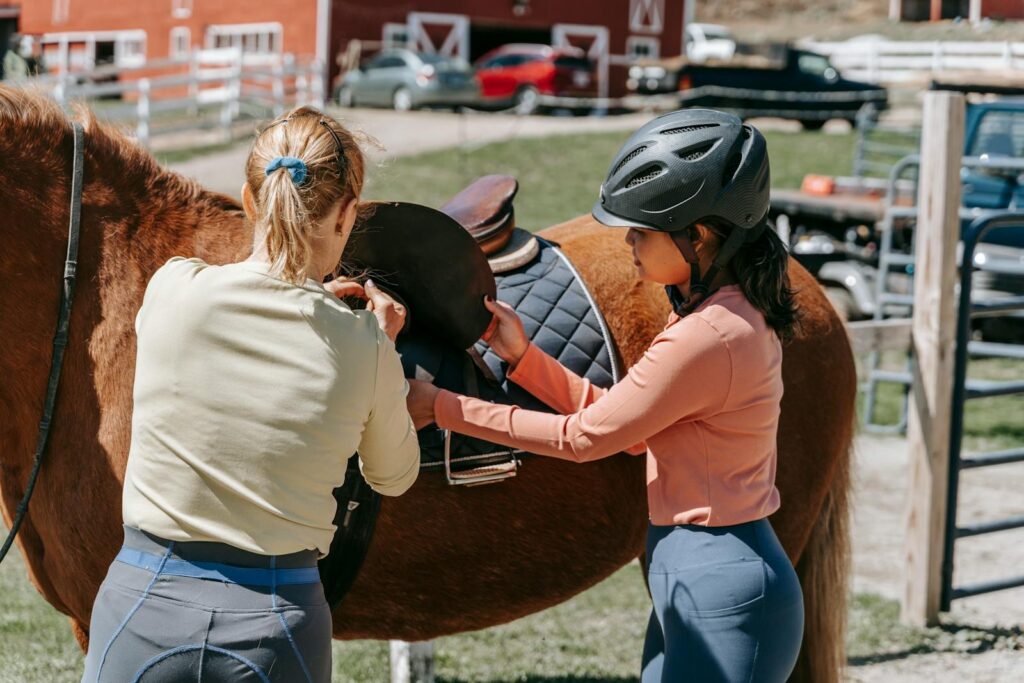
Mental preparation is just as important as physical preparation when introducing new training tools to your horse. Begin by establishing a foundation of trust and respect through consistent groundwork exercises that demonstrate your leadership and build your horse’s confidence in following your guidance. Ensure your horse is comfortable with basic leading exercises, moving away from pressure, and respecting your personal space before introducing potentially intimidating tools. Pay attention to your horse’s emotional state and only proceed with new challenges when they appear relaxed and attentive. Starting with a mentally prepared horse significantly reduces resistance and anxiety, making the introduction of lunge whips or flags much smoother. Remember that horses are individuals with unique personalities and past experiences that will influence how quickly they accept new training methods.
Introduction Through Desensitization
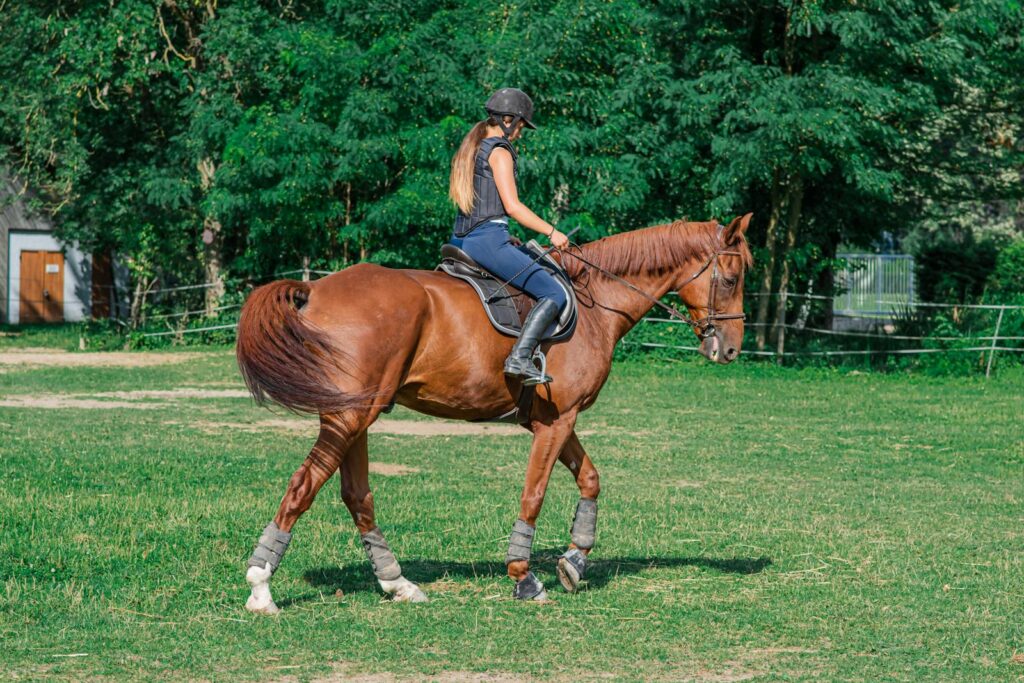
Desensitization is the cornerstone of introducing horses to potentially frightening objects like whips and flags, focusing on gradual exposure that builds confidence rather than triggering fear responses. Begin by simply allowing your horse to see and smell the tool while it remains still and non-threatening in your hands, rewarding calm behavior with praise or treats. Once your horse appears comfortable with the tool’s presence, introduce very small movements away from sensitive areas like the face or legs, progressively working toward more dynamic movements as their confidence grows. The process should never be rushed—sessions might last only a few minutes initially, with success measured by your horse’s willingness to remain calm rather than by how quickly you progress. Remember that consistency and patience during this phase create the foundation for all future work with these training aids.
Teaching Basic Cues and Commands
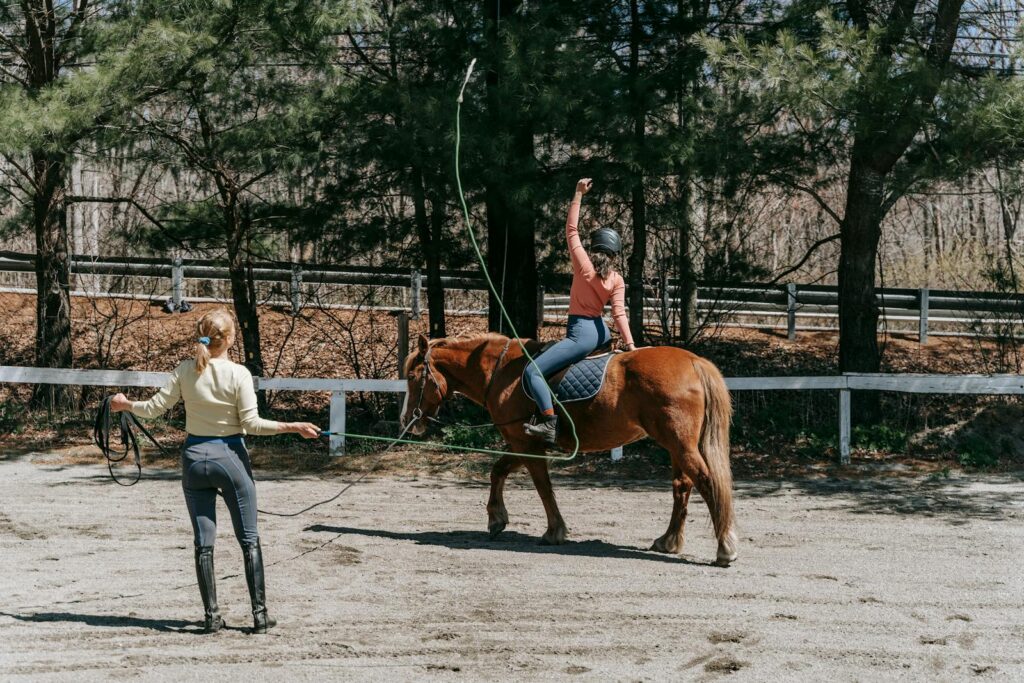
Once your horse accepts the presence of the lunge whip or flag, begin associating these tools with specific cues and commands to establish clear communication. Start with simple requests like moving forward when the whip or flag moves behind them, or stopping when you bring the tool in front of their path. Always use consistent verbal cues alongside the visual signals to strengthen the association—for example, saying “walk on” when using the whip to encourage forward movement. Reward immediate responses with instant release of pressure and verbal praise to reinforce the desired behavior. Begin teaching these cues in a predictable sequence to help your horse understand what you’re asking, gradually introducing variations once the basic commands are well-established. Remember that horses learn through consistency and repetition, so maintain clear expectations with each training session.
Addressing Fear and Resistance
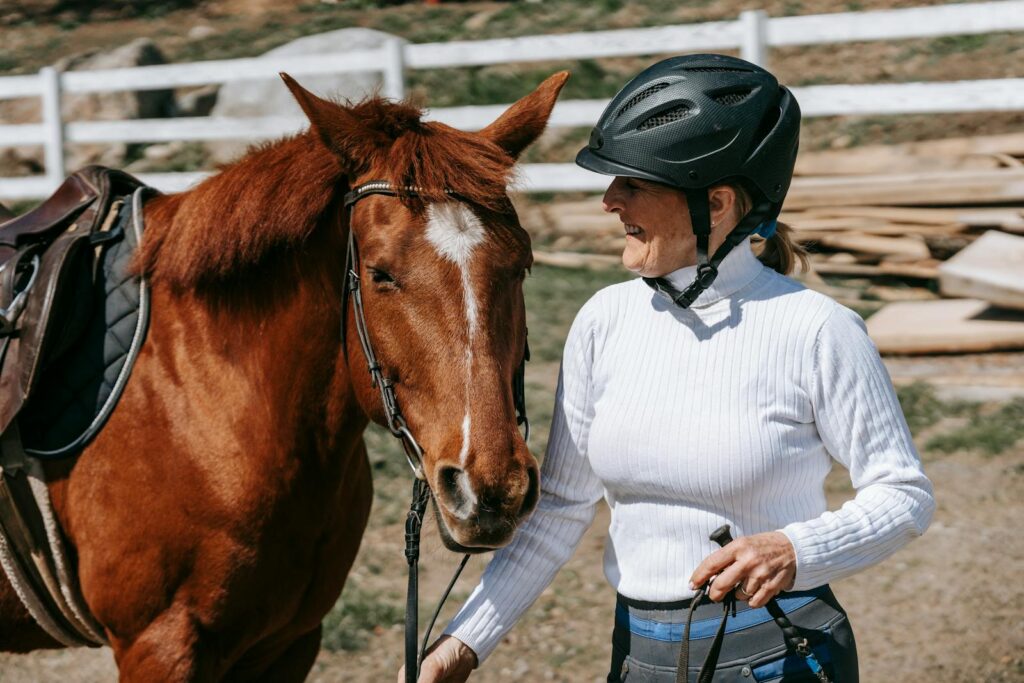
Fear and resistance are natural responses when horses encounter unfamiliar training tools, but how you handle these reactions determines whether they develop into lasting problems. If your horse shows signs of fear—such as elevated head, wide eyes, tense muscles, or attempts to flee—immediately reduce the intensity of your approach by moving the tool farther away or making smaller, slower movements. Never punish fearful behavior, as this only confirms the horse’s suspicion that the tool is something to be feared. Instead, identify the precise threshold where your horse becomes uncomfortable and work just below that level, gradually expanding their comfort zone through positive experiences. For resistant horses who understand your request but refuse to comply, maintain steady, consistent pressure until they offer even the slightest try, then reward immediately to reinforce that cooperation brings relief.
Developing Proper Technique and Timing
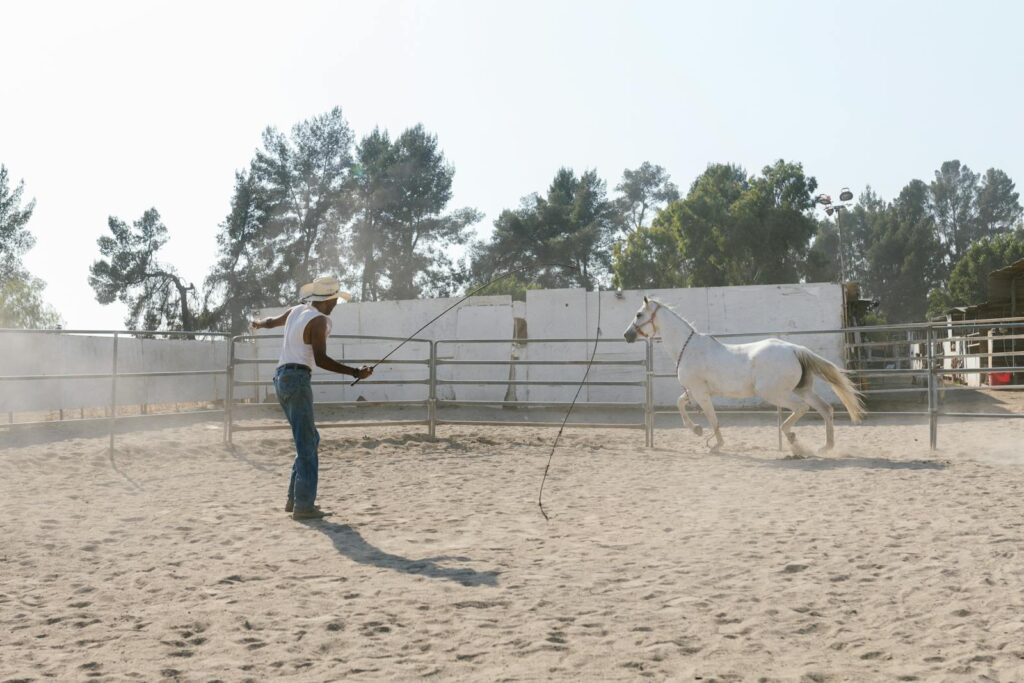
Effective use of lunge whips and flags relies heavily on your technique and timing, requiring coordination and awareness that develops with practice. Hold the whip or flag with a relaxed grip, allowing controlled movement without tension that might transfer to your horse through jerky or aggressive motions. Position yourself strategically in relation to your horse—typically at their shoulder for leading exercises or at the center of a circle for lunging—so you can clearly communicate your intentions through the tool’s position. Focus on developing precise timing, applying pressure the moment you ask for a change and releasing immediately when your horse responds correctly. Practice handling the tools without your horse present first, developing muscle memory and control that will make your actual training sessions more fluid and effective. Remember that subtlety is often more effective than dramatic movements, with the goal being the minimum cue necessary to achieve the desired response.
Progressing to Advanced Movements
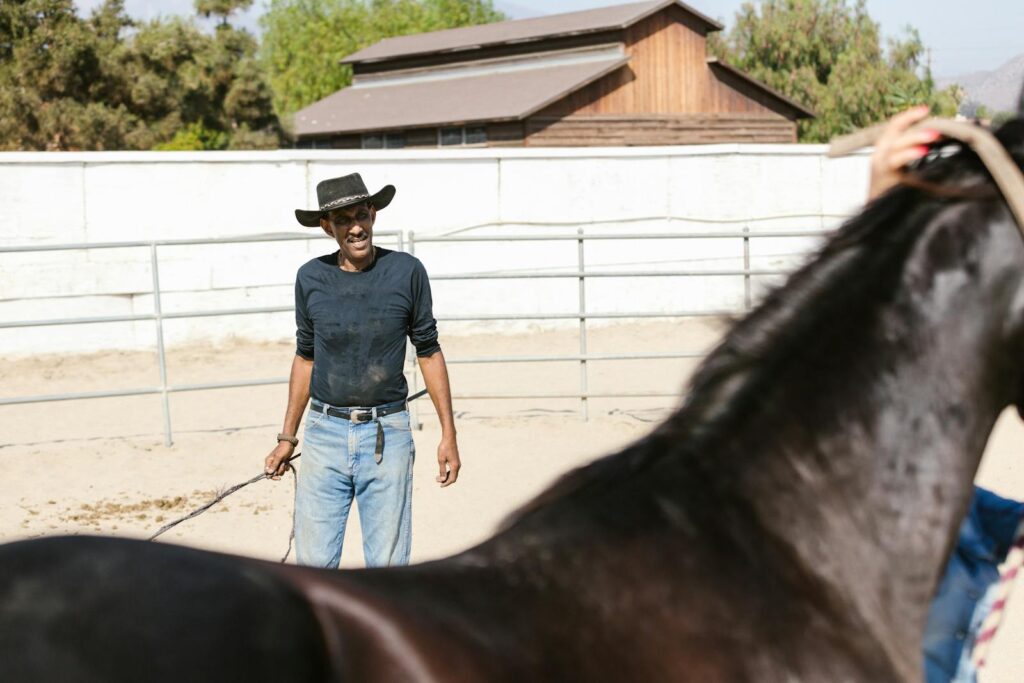
As your horse becomes confident with basic cues from the lunge whip or flag, systematically introduce more complex movements and patterns that enhance their responsiveness and athleticism. Progress from simple forward movement to changes in gait, direction, and speed, using the whip or flag to refine your communication from a distance. Introduce lateral movements by using the tool to ask your horse to move their shoulders or hindquarters independently, building the foundation for more advanced maneuvers. Create training patterns that incorporate multiple transitions within a session, such as spiraling circles that gradually decrease or increase in size, or figure-eight patterns that require balance and coordination. Always maintain achievable challenges that build upon previously mastered skills, allowing your horse to experience success while continuing to develop mentally and physically.
Building Consistency Across Environments
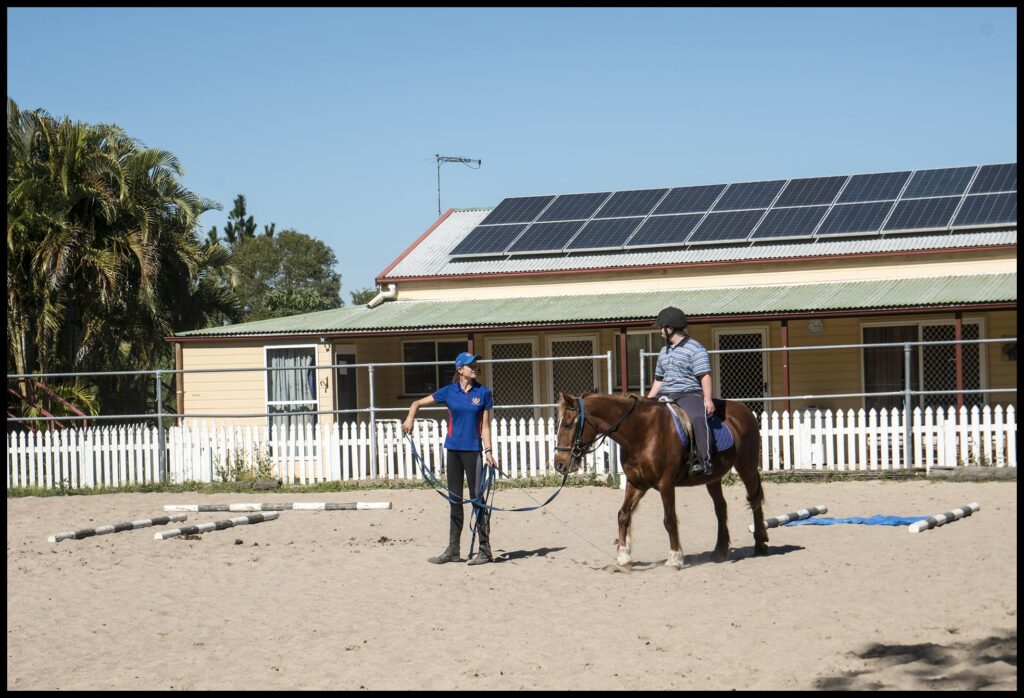
For training with lunge whips and flags to truly enhance your horse’s education, the lessons must transfer across different environments and situations through systematic generalization. Once your horse responds reliably in your primary training area, gradually introduce new variables like different locations, varying weather conditions, or the presence of other horses to ensure the training holds up under different circumstances. Begin these transitions with easier requests in the new environment before asking for more challenging responses, acknowledging that environmental changes may temporarily reduce your horse’s focus or confidence. Maintain consistent expectations and cues regardless of location, reinforcing that the same communication system applies everywhere. This progressive exposure to different situations not only reinforces training with these specific tools but also builds your horse’s overall adaptability and confidence when facing new challenges.
Troubleshooting Common Problems
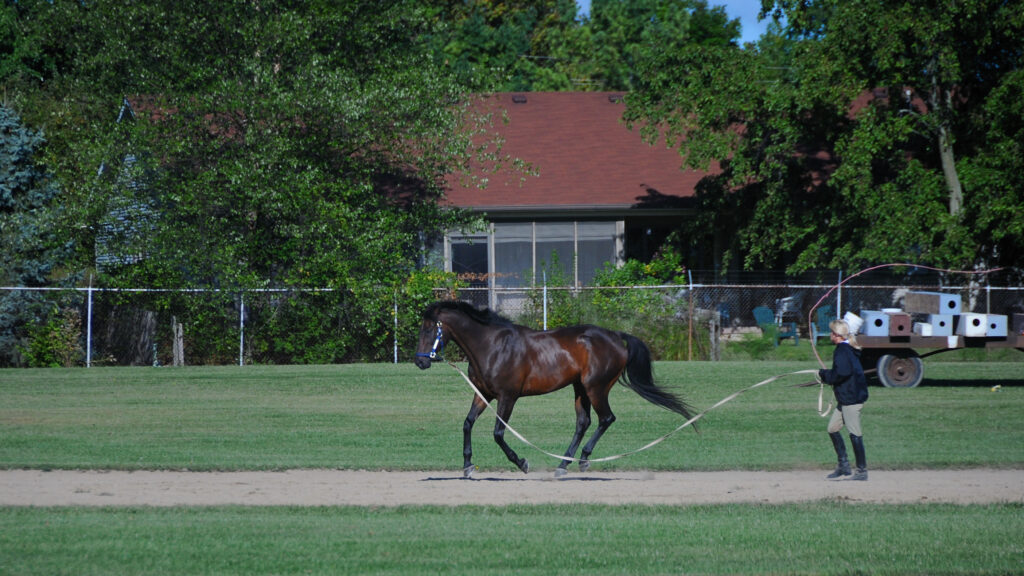
Even with careful introduction, specific challenges can arise when training horses to work with lunge whips and flags. Horses that become desensitized to the point of ignoring the tools entirely may need more dynamic or unpredictable movements to restore their respect for the aids without creating fear. Conversely, horses that remain hypersensitive despite gradual introduction may benefit from more frequent but shorter sessions that end on positive notes, slowly building their tolerance. For horses that associate the tools with play and become overly excited or reactive, establishing clear boundaries through consistent groundwork exercises before reintroducing the tools can help reset their understanding. If your horse develops a pattern of turning toward you aggressively when pressured with the whip or flag, immediately address this by maintaining the pressure while moving them in a circle until they turn away appropriately, reinforcing that moving away from pressure is the correct response.
Integrating with Other Training Methods
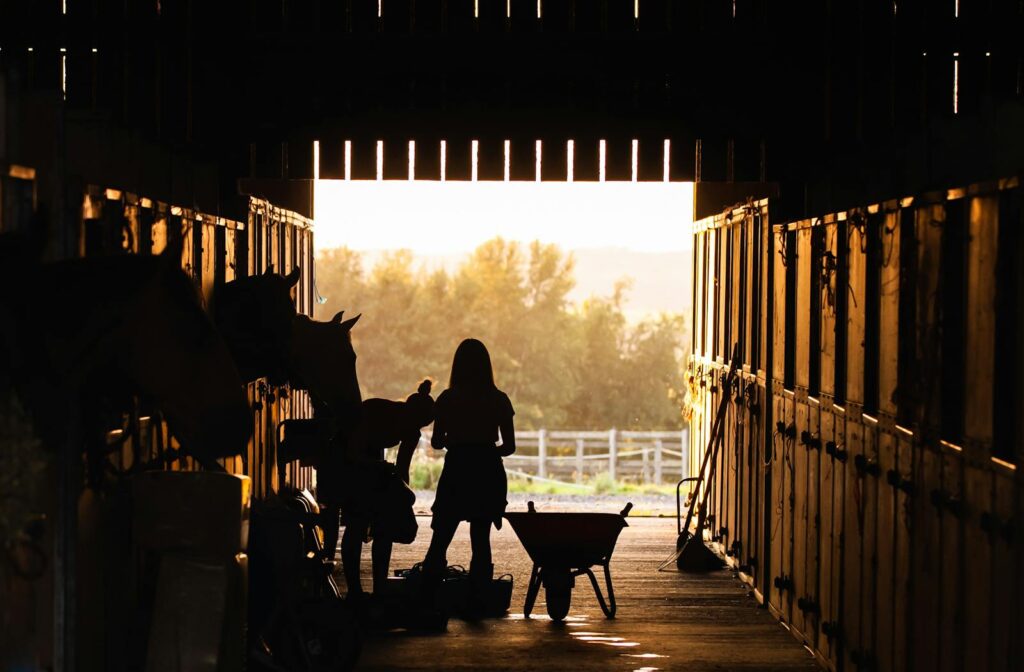
Training with lunge whips and flags should complement rather than replace other effective horsemanship techniques, creating a comprehensive approach to your horse’s education. Integrate these tools with positive reinforcement methods by rewarding desired responses not just with the release of pressure but also with treats or scratches that create positive associations. Combine whip and flag work with traditional lunging equipment like lunge lines and cavesson when appropriate, using each tool for its specific advantages. Incorporate liberty work principles by gradually reducing your reliance on physical tools as your horse becomes more responsive to subtle body language and voice cues. The goal is to develop a communication system where various training elements work together harmoniously, with whips and flags serving as clarifying aids rather than primary control mechanisms.
Maintaining Respect Without Fear
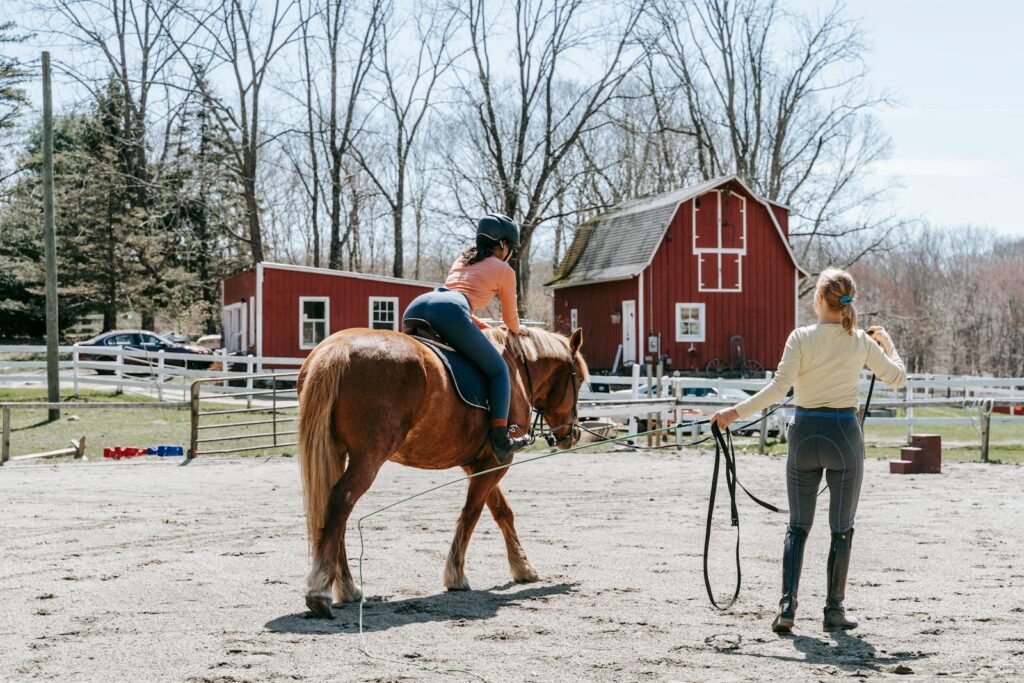
The ultimate goal when training with lunge whips and flags is creating a relationship based on mutual respect rather than intimidation or fear. A properly trained horse should respect these tools as communication aids without showing anxiety when they appear, moving calmly and promptly in response to your cues. Regularly assess your horse’s emotional state during training sessions, looking for signs of relaxation like lowered head, soft eyes, and rhythmic breathing that indicate they understand and accept the communication system you’ve established. Avoid falling into patterns where you need increasingly dramatic movements to achieve the same response, as this suggests your horse is becoming desensitized rather than truly responsive. Remember that respect is demonstrated through willing compliance, not fearful reactions or mechanical responses. When used correctly, these training aids should enhance your communication and strengthen your partnership rather than creating dependence on the tools themselves.
Conclusion
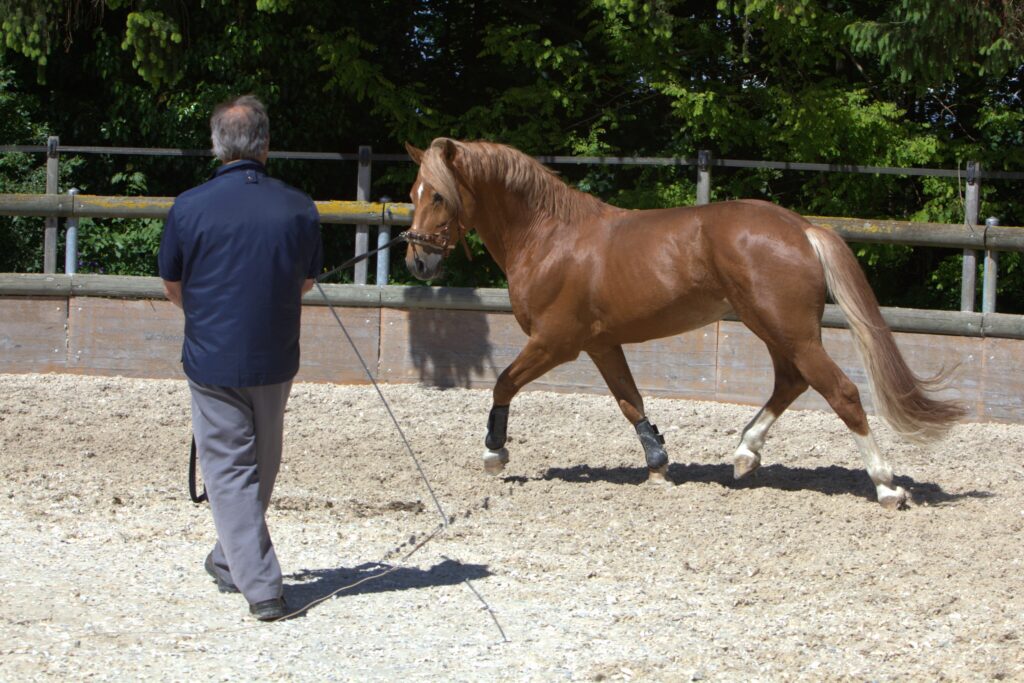
Training your horse to work confidently with lunge whips and flags requires patience, consistency, and a deep understanding of equine psychology. By approaching the process methodically—starting with thorough desensitization, establishing clear communication, and gradually building complexity—you create a foundation of trust and respect that enhances all aspects of your horse’s training. Remember that these tools are extensions of your body language designed to clarify communication, not shortcuts or substitutes for proper horsemanship. With time and proper technique, your horse will learn to respond to increasingly subtle cues, ultimately allowing you to communicate effectively from a distance while maintaining a relationship built on mutual understanding rather than fear. The investment you make in this fundamental training will pay dividends across all disciplines and strengthen the partnership between you and your equine companion for years to come.

